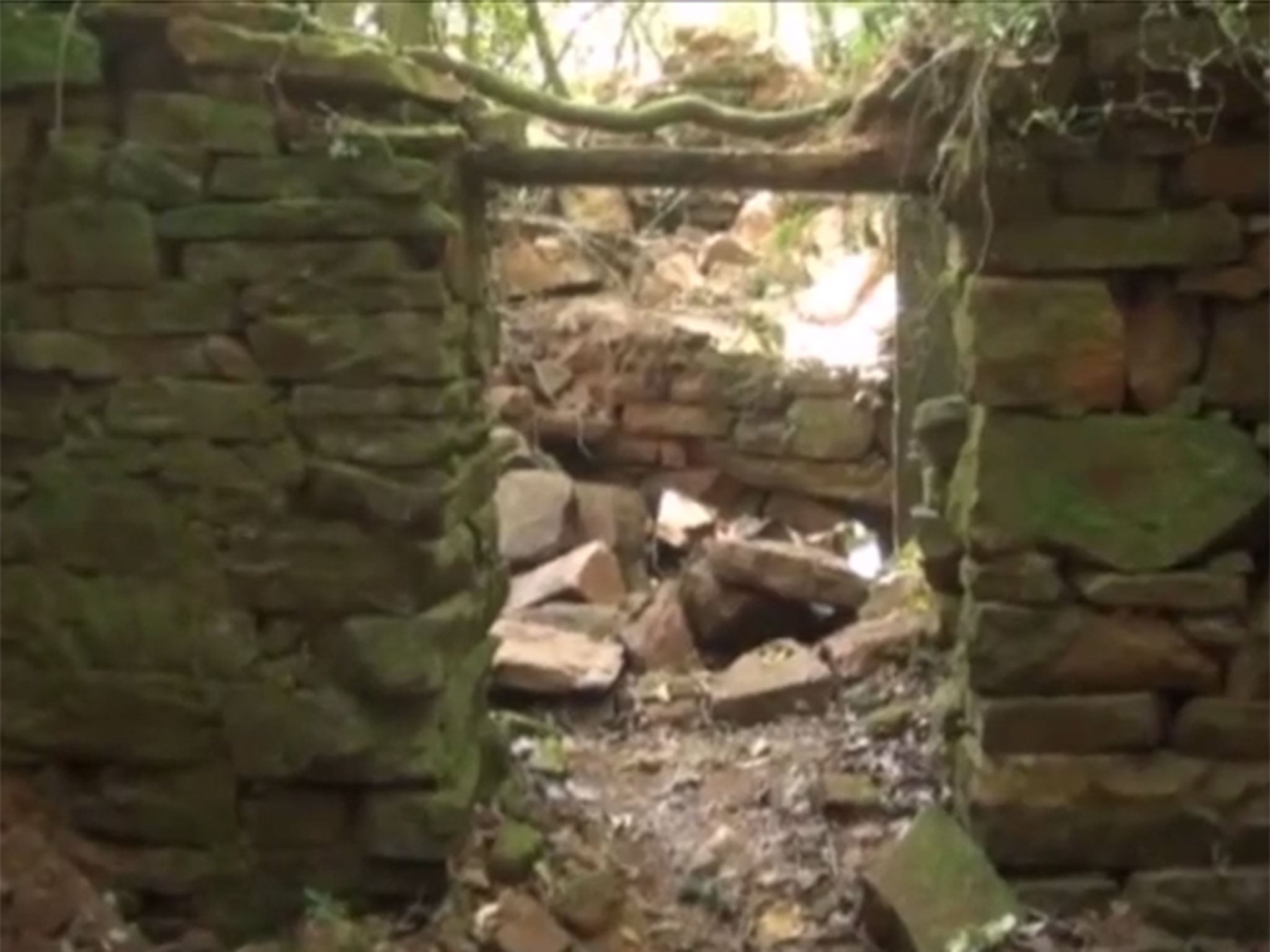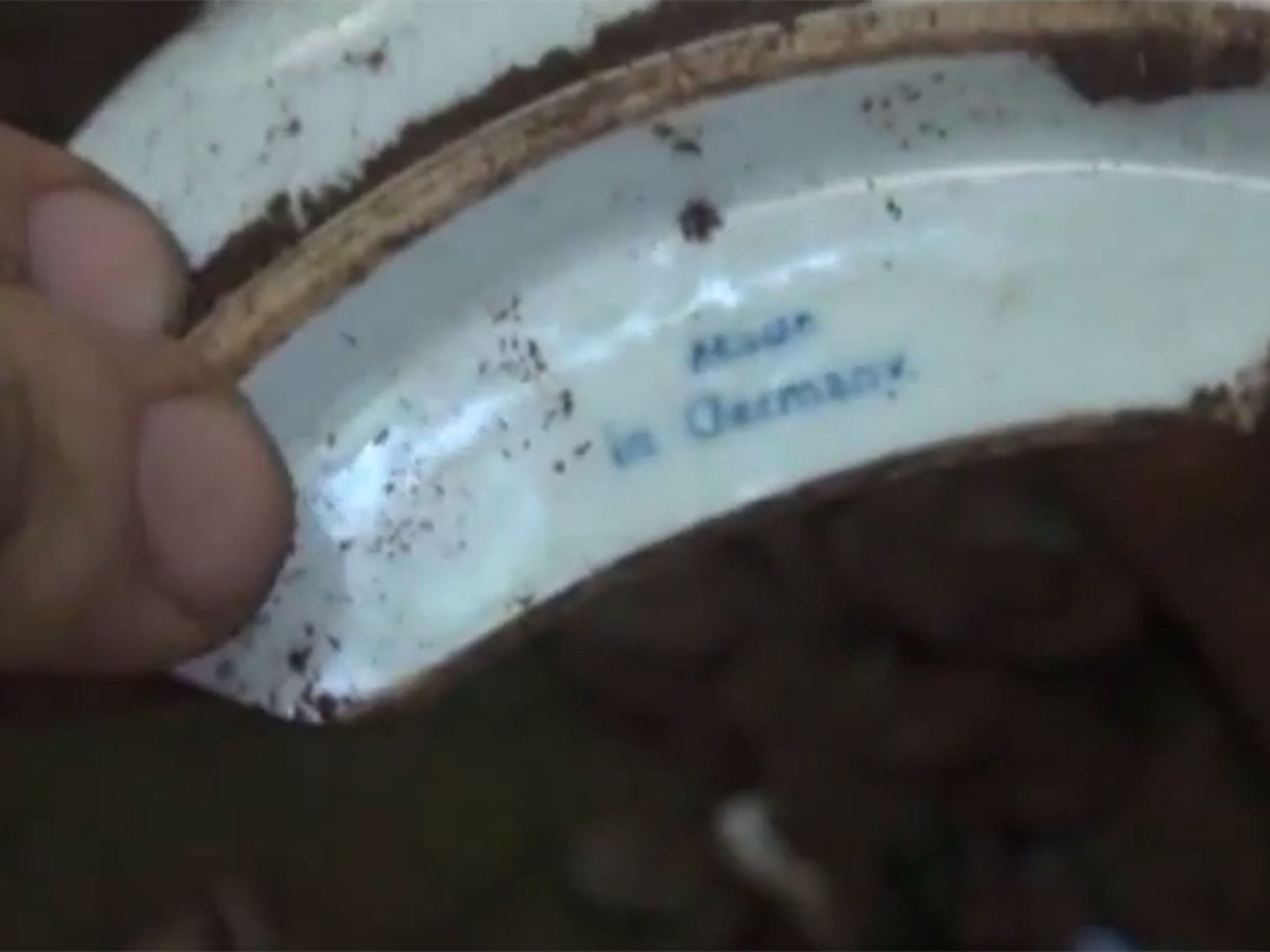Secret Nazi bunker discovered in Argentinian jungle built 'halfway through the war' as a getaway for Third Reich leaders
Archaeologists find swastikas etched on the walls and German coins from the early 1940s

Your support helps us to tell the story
From reproductive rights to climate change to Big Tech, The Independent is on the ground when the story is developing. Whether it's investigating the financials of Elon Musk's pro-Trump PAC or producing our latest documentary, 'The A Word', which shines a light on the American women fighting for reproductive rights, we know how important it is to parse out the facts from the messaging.
At such a critical moment in US history, we need reporters on the ground. Your donation allows us to keep sending journalists to speak to both sides of the story.
The Independent is trusted by Americans across the entire political spectrum. And unlike many other quality news outlets, we choose not to lock Americans out of our reporting and analysis with paywalls. We believe quality journalism should be available to everyone, paid for by those who can afford it.
Your support makes all the difference.A secret bunker has been discovered deep in the Argentinian jungle that was likely built by the Nazis in case they lost the Second World War, according to reports.
It has long been known that hundreds of officials from the Third Reich fled to South America after 1945 – but the series of “mysterious buildings” in the Parque Teyú Cuare nature reserve suggest a level of pre-planning never before realised.
While archaeologists cannot say for certain that the buildings were designed to be used in the event of defeat for Nazi Germany, according to the Washington Post there is strong evidence to suggest that was the case.
The team led by the University of Buenos Aires’ Daniel Schavelzon found Nazi symbols, including a swastika, etched into the walls. They also found several German coins dating from 1938 to 1944, and some porcelain marked “Made in Germany”.



Schavelzon told the Argentinian newspaper Clarin that it was logical to conclude that the three buildings – one for storage, one for housing, one as a lookout – was built as a hideaway for Nazi leaders.
The site itself – less than 10 minutes from the border with Paraguay – has a number of escape points and represented a “protected, dependable place where they could live quietly”, he said.
Schavelzon said it was likely the site was one of a number of hideouts built in inaccessible places as part of a “secret project” conceived halfway through the war.
The site seems to have gone unused, the Post reported – in part because Nazis who did flee to Argentina ended up having no reason to hide.
According to the New York Times, the country became a “haven” for officials who escaped Europe. Those like Adolf Eichmann, who was tracked down by the Israeli secret services and hanged, were exceptions rather than the norm.
Join our commenting forum
Join thought-provoking conversations, follow other Independent readers and see their replies
Comments